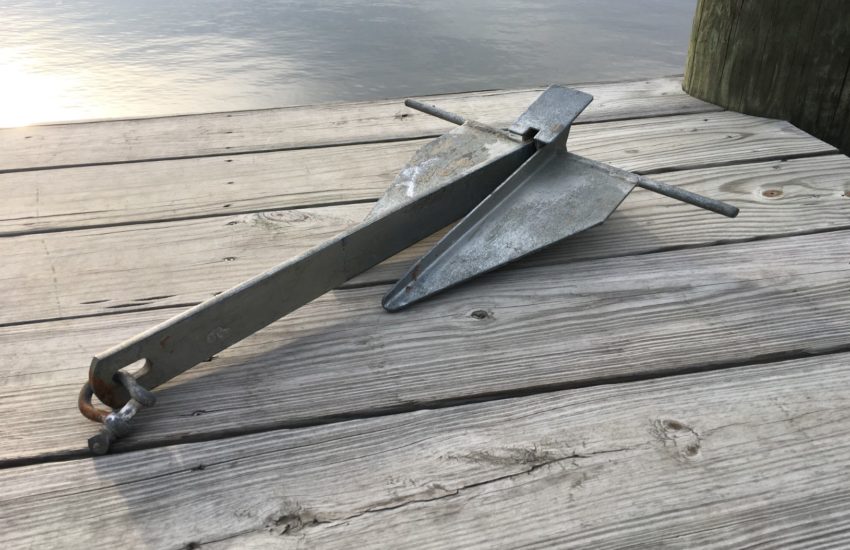It’s important to find the best boat anchor as one of the essential tools for your boat is the correct one that is fit to do the job properly. While it may seem like a simple item, picking the best boat anchor for your application can sometimes seem like a daunting task as there are many shapes and sizes. Selecting the proper anchor can depend on many variables including the size of your vessel and the type of material at the bottom of the waterway you will be in. Below we’ve put together a guide to help you choose the proper anchor for your boat to get the job done and keep you safe.
Types of Anchors
Delta
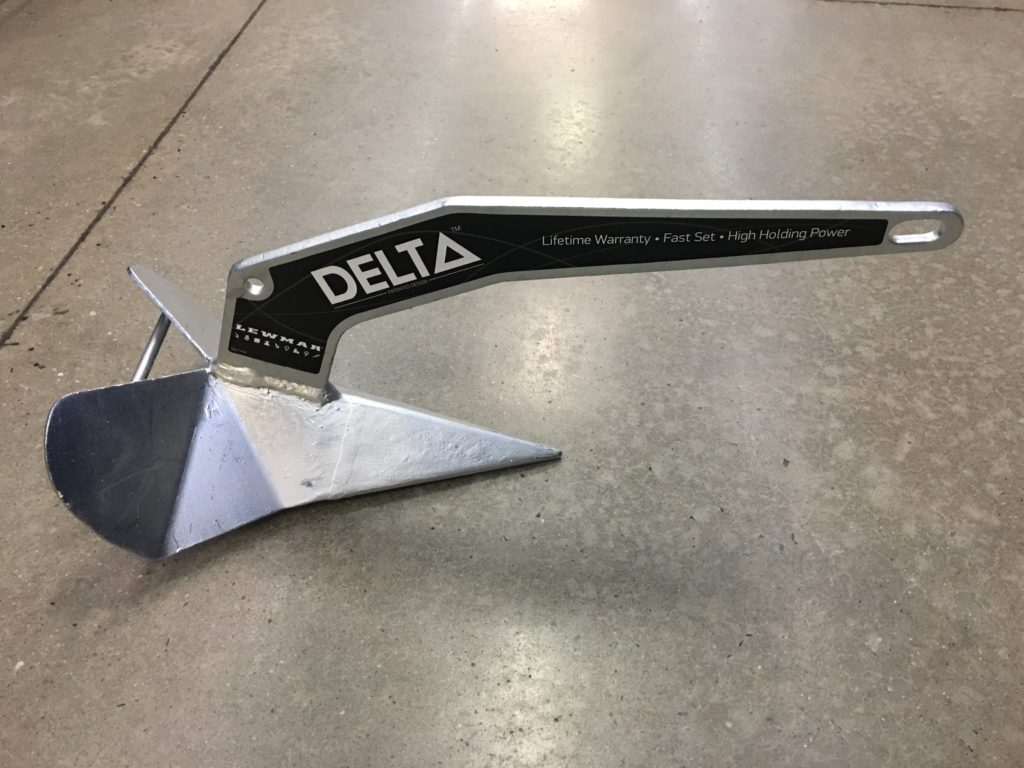
The delta anchor is a plow style anchor and is one of the most popular anchors used on boats today. The delta anchor is sometimes referred to as a “wing” anchor. “Delta” is a brand name but it has the shape of a wing with a fixed shank.
Due to the shape of the anchor, it can pivot in the material it is buried in during changes in current and wind. This keeps the anchor from being completely pulled out and needing re-set. The delta anchor is also shaped in such a way that it can fit in most standard bow rollers. The delta anchor does well with most bottoms with the exception of some rock.
CQR
Similar to a Delta anchor, a CQR is a plow style anchor sometimes referred to as a “plough” anchor. The CQR has a shank hinge which helps keep it planted when tides or winds may shift. The design of the CQR allows it to fit in most standard bow rollers if your boat is equipped with one. The CQR is an older generation anchor that seems to be getting replaced by the Delta anchors. CQR anchors are typically found in larger forms so are typically the best boat anchor for larger boats. CQR anchors do not perform as well in grassy and some rock bottoms.
Danforth
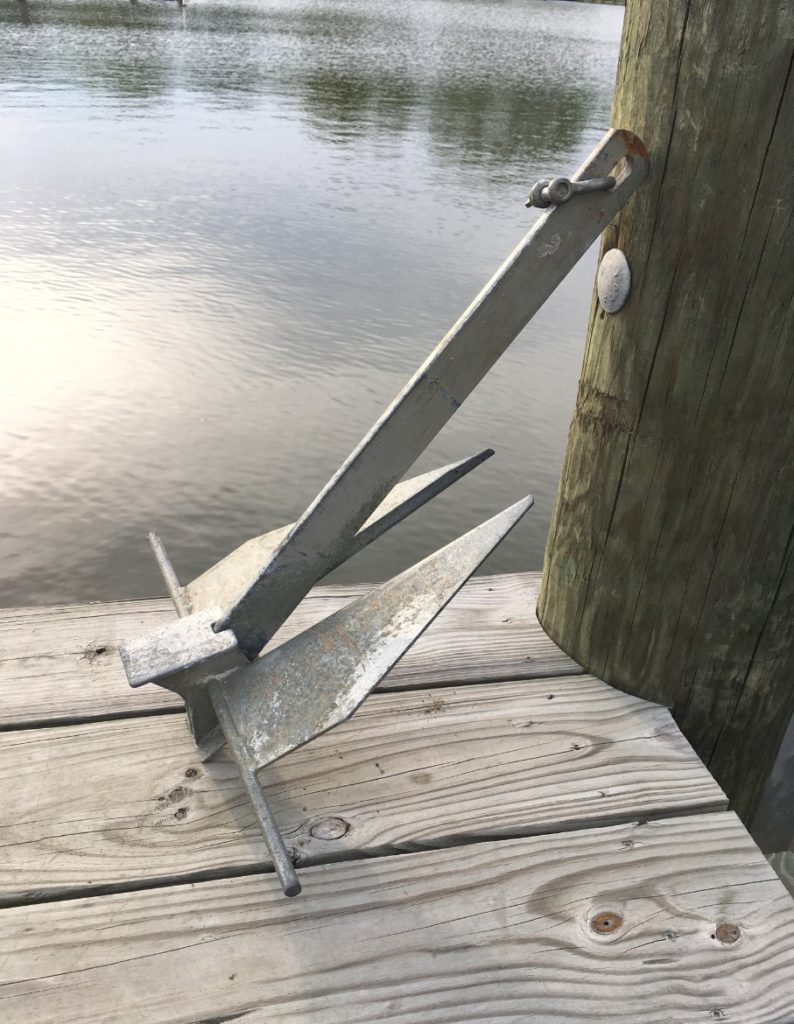
The danforth anchor is another popular anchor. It is primarily used in mud and sandy bottoms and is the best boat anchor to use in these bottoms. It struggles to hold in any bottoms that are not mud and or sand such as rocks, weeds, or grass. The danforth has a hinged design which makes it convenient to travel with as it can fold closer to flat. Danforth anchors can typically be lighter due to their design to unhinge and dig into the ground
Bruce
The design of the Bruce anchor is similar to a claw and is built to do well on many bottom types. Not only does it do well in mud and sand but can also do well on rock and is known to set fairly easily. One of the drawbacks of the bruce anchor is the need for a larger anchor to keep a boat stationary compared to some of the others. This can make it awkward to travel with. The Bruce anchor also struggles in clay type bottoms as the claws can get packed with this material keeping them from setting properly.
Mushroom
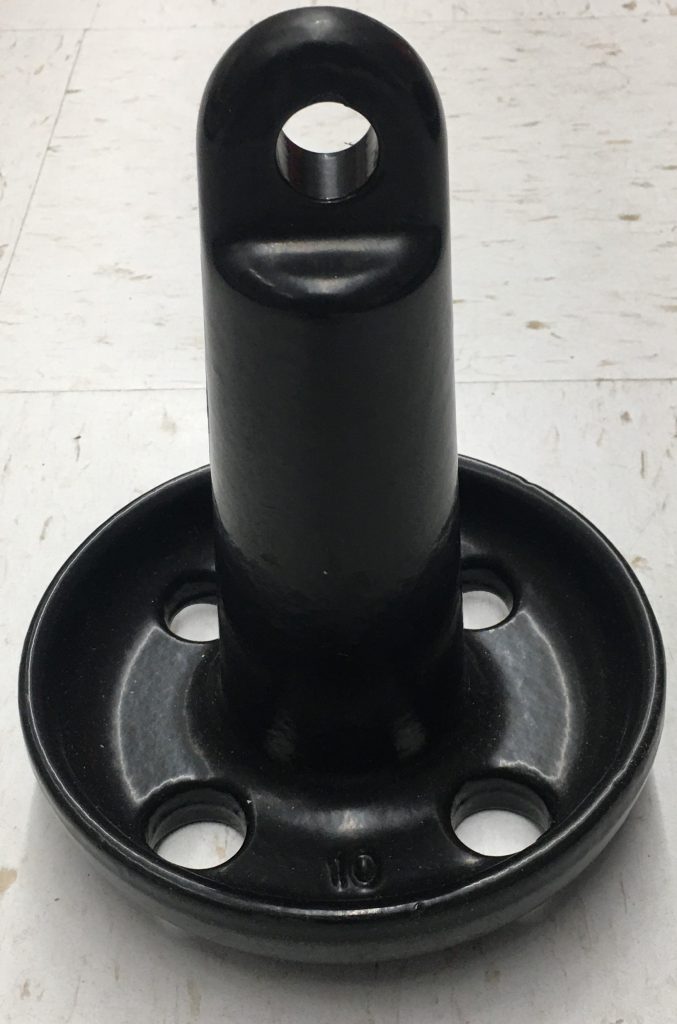
A mushroom style anchor is shaped similar to, well, a mushroom. An up-side-down mushroom is what you can picture this anchor looking like. It uses its weight and the round shape of it’s base to nestle itself in the bottom of the body of water you are in. It is typically used in areas with a softer non-compacted bottom where it can nestle below and have mud and sand cover and hold it in place.
It’s more popular with smaller, lighter watercraft such as fishing boats, as well as mooring buoys used in conjunction with larger mushroom anchors. With no sharp extremities, this style anchor does not have the ability to dig itself into the ground so it will be vulnerable to any kind of wind or current that may pull on it while temporarily deployed. If you have a smaller vessel, this may be the best boat anchor for you.
Grapnel
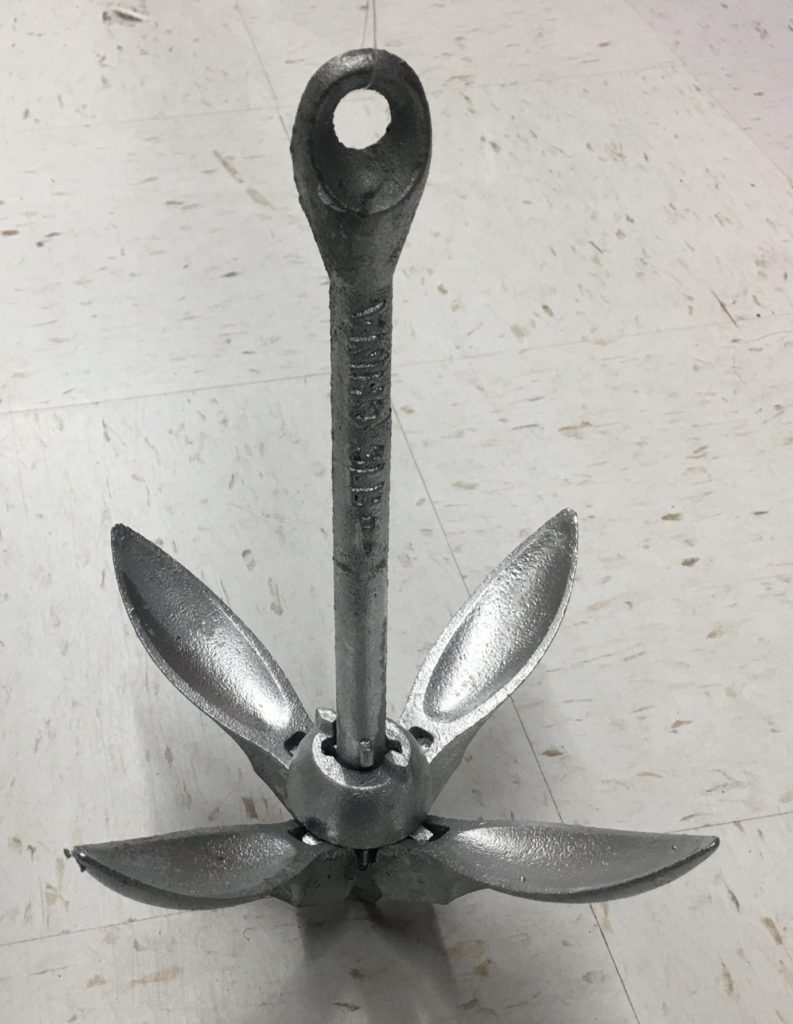
The shape of a grapnel anchor makes it the best boat anchor for catching and staying secured to bottoms made of jagged rock and reef. With it’s slim hooks, it is not favored for using in areas that are mainly sand or mud as the anchor will not have much to grab onto. Grapnels are typically lighter in weight. They come as both folding and non folding units. The non folding units are not compact and inconvenient to travel with, while the folding units can be less cumbersome and easier to stow.
Smooth Sailing Marine is powered by product recommendation partnerships.
If we have helped you in your product decision or marine project, you can help us by purchasing through our links. We thank you for your support, we couldn’t be here without our awesome readers!

